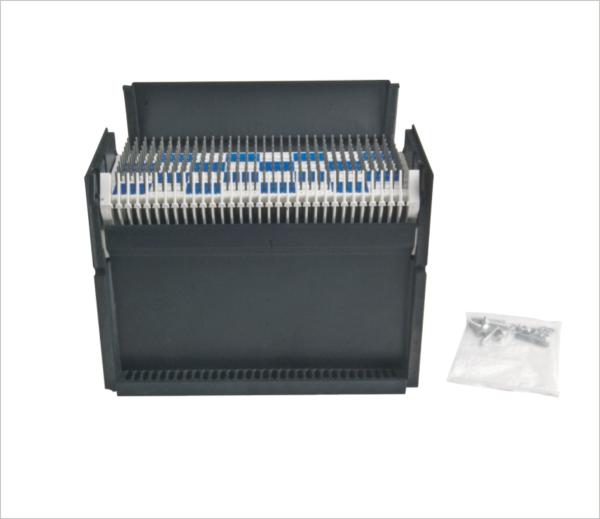High Quality
Sincere Co-operatio
Superior Service
Ningbo Yuhui Communication Equipment Co.,Ltd is established
in 1995, is one of the leading communication equipment
manufacturers in China.
Our firm is located in Cixi city, close to ports of Ningbo and
Shanghai.
Up to now , more than 90 employees are working in our company and
dozens of advanced technicians take company as home.
100% products are exported and it’s with 8000
square meters of production zone.
As an ISO9001:2000 certificated company, 20% of staff members pay
much energy for research and development ,Under this strict
business organization, we are very welcomed with good products and
quality,of course ,we have very warm service.
Our products are related to whole cabling telecom communication and
internet system, such as network cabinet, distribution box,
keystones modules,patch panel, kinds of modules and accessories.
Also the fiber optic patch panel and other splicing items are our
hot products.
Through the joint effort of all our staff, our products have been
well received by more than 50 foreign countries in America, Europe,
Asia and Mid East. And our customers sing high praise for our
goods.
Our company will propagate the enterprise spirit of
High Quality
Sincere Co-operatio
Superior Service
try our best to build the company as a word famous enterprise.
Welcome to contact us, Ningbo Yuhui Communication Equipment CO.,
LTD will be the reliable partner for you!









